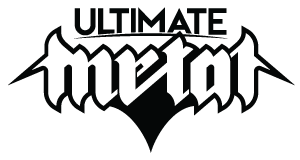So I spent about 4 hours recording guitar parts the other day, split into DI (to be amp-sim'd later) then one mic on a head going into a 4x12.
Then RIGHT at the end I realized I recorded everything in 16-bit. I was using a crappy DI and pre-amp to begin with, is my material gonna be worth keeping or should I re-do everything in 24 bit?
Then RIGHT at the end I realized I recorded everything in 16-bit. I was using a crappy DI and pre-amp to begin with, is my material gonna be worth keeping or should I re-do everything in 24 bit?



